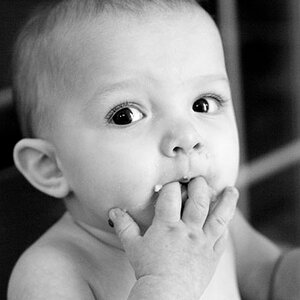- Joined
- Oct 3, 2013
- Messages
- 11,518
- Reaction score
- 4,788
- Location
- Louisville, Nebraksa - United States
- Can others edit my Photos
- Photos OK to edit
Thanks Robbins.
I will use this setting next time.
(and I will set the metering mode back to what it was.)
Metering is also important for these situations where you have a dark or light subject because you want to meter for the subject rather than the background when possible. CWA is usually a good option, Spot metering can also be a great option as well. Matrix metering will expose for the entire scene, which will not usually give you the best results on a shot like this one.


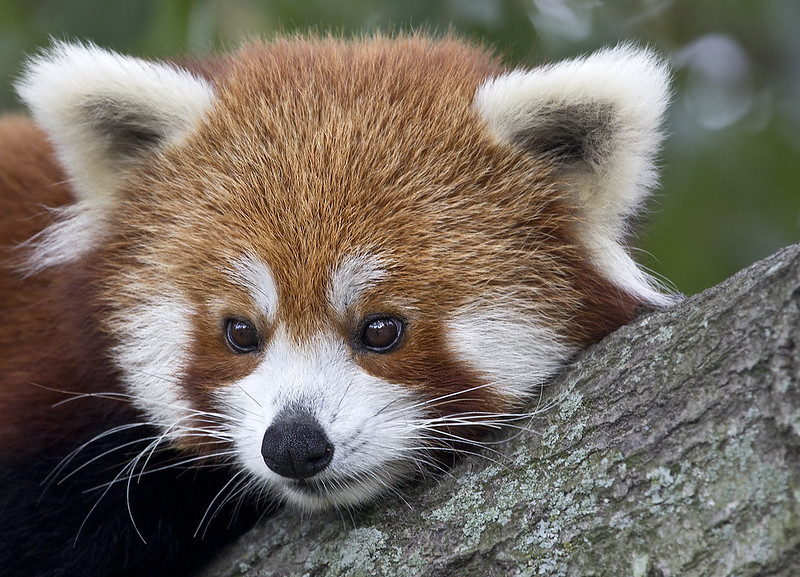


![[No title]](/data/xfmg/thumbnail/37/37137-43b5701b1efb7322c2c9fa6a1e30ccfa.jpg?1619737884)
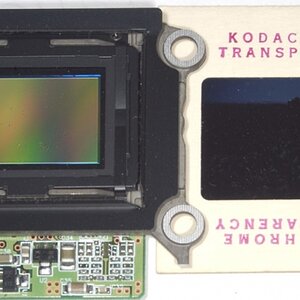

![[No title]](/data/xfmg/thumbnail/34/34069-7b423c5bb5d324f4d924cf839cc122b3.jpg?1619736265)
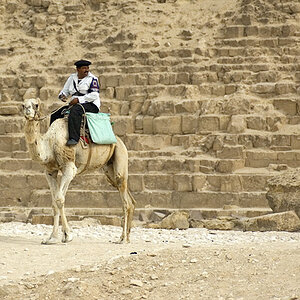
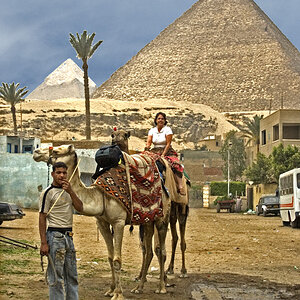
![[No title]](/data/xfmg/thumbnail/34/34071-9d82cc63ea930e951f24480c250e35d1.jpg?1619736266)

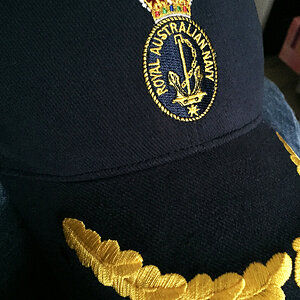
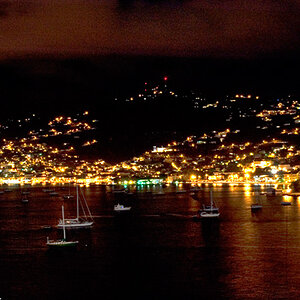
![[No title]](/data/xfmg/thumbnail/31/31980-e5048a424621c7b3cd0d306d63c09d67.jpg?1619735137)
